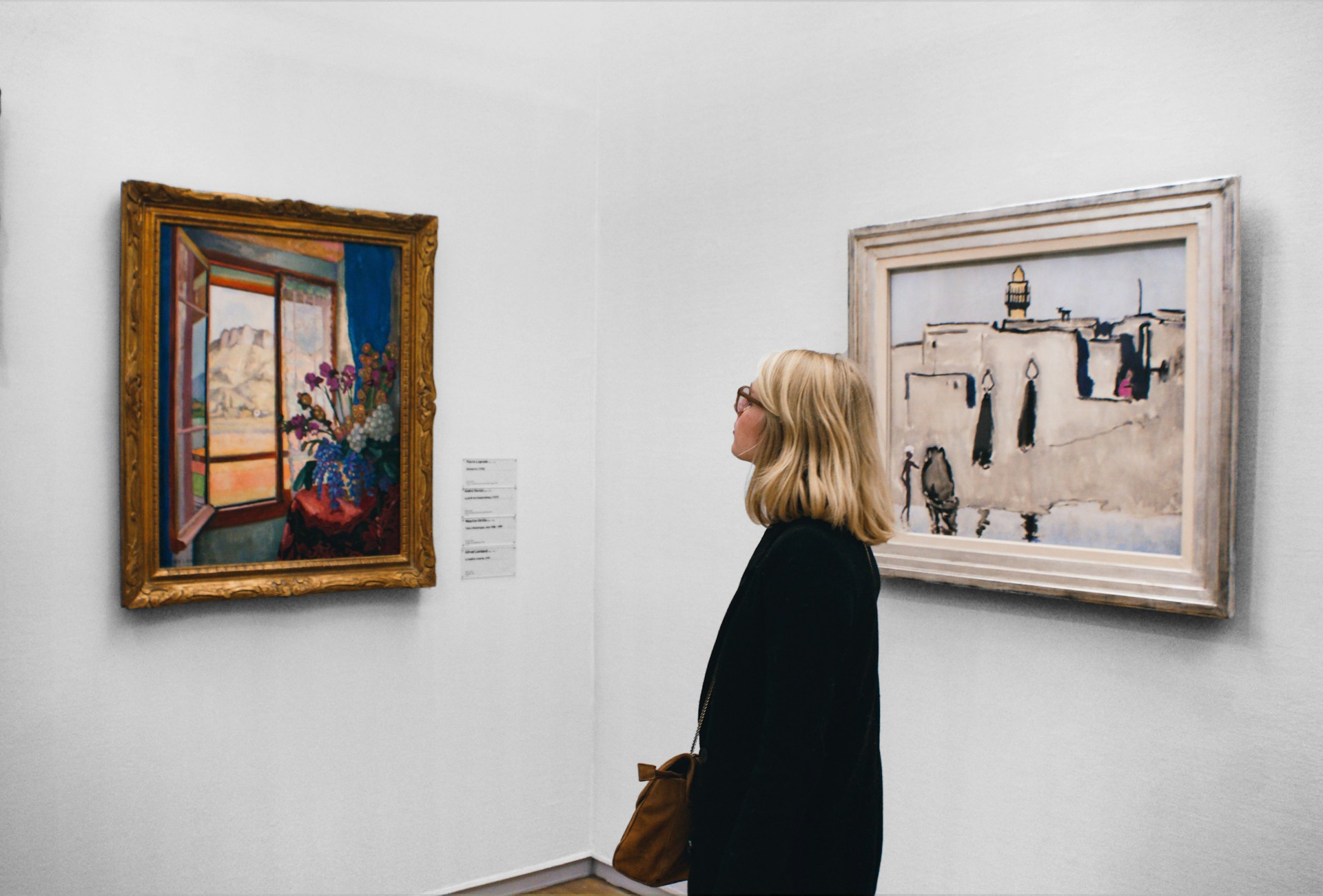Modern British art offers a rich tapestry of creativity and innovation, showcasing a wide range of styles that can add depth and personality to your collection. When you engage with these artworks, you step into a world filled with vibrant colours, bold lines, and thought-provoking themes. Artists from the United Kingdom have a unique ability to convey emotions and stories through their work, making it a fascinating area to explore.
Understanding the essence of modern British art can be a rewarding journey. Each piece has its own story and character, often reflecting the artist’s perspective on contemporary life. Whether you are new to art collecting or looking to expand an existing collection, the distinct styles emerging from British artists today offer something for everyone. Embracing these styles helps you connect more deeply with the artwork, enriching your experience as a collector.
Understanding Key Characteristics of Modern British Art
Modern British art is distinct in its use of bright colours, bold forms, and innovative techniques. One of the key characteristics is the emotive use of colour. Artists often use vibrant hues to express feelings such as joy, anger, or melancholy. This approach allows viewers to connect emotionally with the artwork. Sometimes, artists also play with shades and tones to create a sense of depth or movement within their pieces.
Another important feature is the use of unconventional materials and methods. Modern British artists love experimenting with different mediums, including mixed media, digital art, and recycled materials. This experimentation results in unique textures and appearances, making each piece stand out. These characteristics reflect the artists’ desire to challenge traditional boundaries and to push the limits of what art can be.
Popular Modern British Art Styles You Should Know
1. Abstract Art: This style focuses on shapes, colours, and forms rather than depicting real-life objects. Abstract art often seems random at first glance, but with a closer look, you can see the artist’s intent and emotion. Artists use techniques like splattering paint or layering colours to achieve their desired effect.
2. Pop Art: Pop Art emerged as a reaction to traditional fine art. It incorporates elements from popular culture, such as comic books, advertising, and everyday objects. Artists like Andy Warhol and Richard Hamilton are famous for their iconic works in this genre. Pop Art is colourful, fun, and often carries a deeper social message.
3. Surrealism: Surrealist art features dream-like scenes and bizarre images. It aims to unleash the imagination and explore the unconscious mind. Salvador Dalí’s melting clocks and René Magritte’s floating bowler hats are classic examples of Surrealism that have influenced many British artists.
4. Minimalism: This style is all about simplicity. Minimalist artists use clean lines, simple shapes, and limited colour palettes. The goal is to create a sense of tranquillity and focus. Minimalism often emphasises empty space as much as it does the visual elements.
Understanding these styles can help you appreciate the diversity and creativity in modern British art. Each style offers its own unique perspective and allows artists to express their individuality in different ways.
Comparing Modern and Contemporary British Art
Modern and contemporary British art may seem similar at first, but they have key differences. Modern art refers to works created roughly between the 1860s and the 1970s. It’s marked by the artist’s desire to break away from traditional forms and techniques. During this period, artists were exploring new ways to express themselves, often using abstraction and symbolism. For instance, movements like Cubism and Expressionism emerged, which emphasised subjective experiences over realistic portrayals.
Contemporary art, on the other hand, is art produced from the 1970s to the present. It reflects current issues and trends, such as technology, globalisation, and social change. Contemporary British artists often use their work to comment on modern life, making their pieces more relatable to today’s audience. Techniques and styles have also evolved, incorporating digital media and interactive elements that invite viewers to engage with the art in new ways.
Understanding these differences helps you appreciate the historical context and evolution of British art. While modern art paved the way for new artistic freedom, contemporary art continues to push boundaries, often addressing themes that are relevant to our current times.
Tips for Choosing Modern British Art for Your Collection
1. Determine Your Personal Style: The first step in choosing art is understanding what you like. Do you prefer abstract forms or realistic images? Are you drawn to bright colours or muted tones? Knowing your preferences will help you narrow down your choices and find pieces that resonate with you.
2. Consider the Space: Think about where you will place the artwork. A large painting might become a focal point in your living room, while smaller pieces can complement a gallery wall. Consider the room’s colour scheme and existing decor to ensure the art will fit seamlessly into your space.
3. Research the Artist: Learn about the artist behind the work. Understanding their background, inspiration, and techniques can add depth to your appreciation of the piece. Many artists also have distinct styles that evolve over time, so following an artist’s career can be rewarding.
4. Set a Budget: Art can vary greatly in price, so it’s important to set a budget before you start buying. Decide how much you are willing to spend and stick to it. Remember that buying art is an investment, so choose pieces you love and that you believe will hold their value over time.
5. Trust Your Instincts: Ultimately, the best art is what speaks to you. Choose pieces that evoke emotion and make you happy. Trust your gut feelings and select artwork that you will enjoy looking at every day.
Conclusion
Identifying and selecting modern British art for your collection can be a deeply rewarding experience. By understanding the key characteristics of modern art, familiarising yourself with popular styles, and distinguishing between modern and contemporary works, you can make informed choices. Each piece of art has the potential to bring joy, provoke thought, and enhance your living space.
At White Court Art, we are passionate about connecting you with extraordinary pieces from talented British artists. Whether you’re a seasoned collector or just beginning your journey, our curated selection offers something special for everyone. Explore our collection of British modern art today and discover art that resonates with you.

